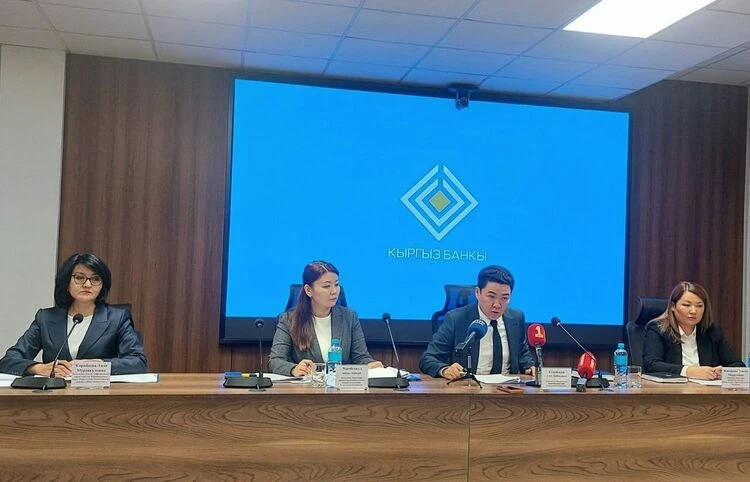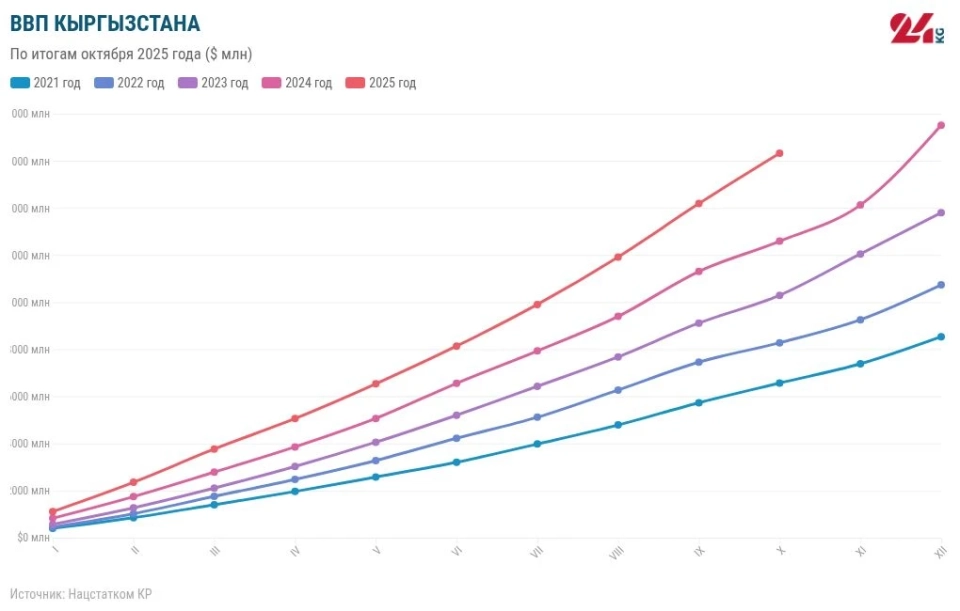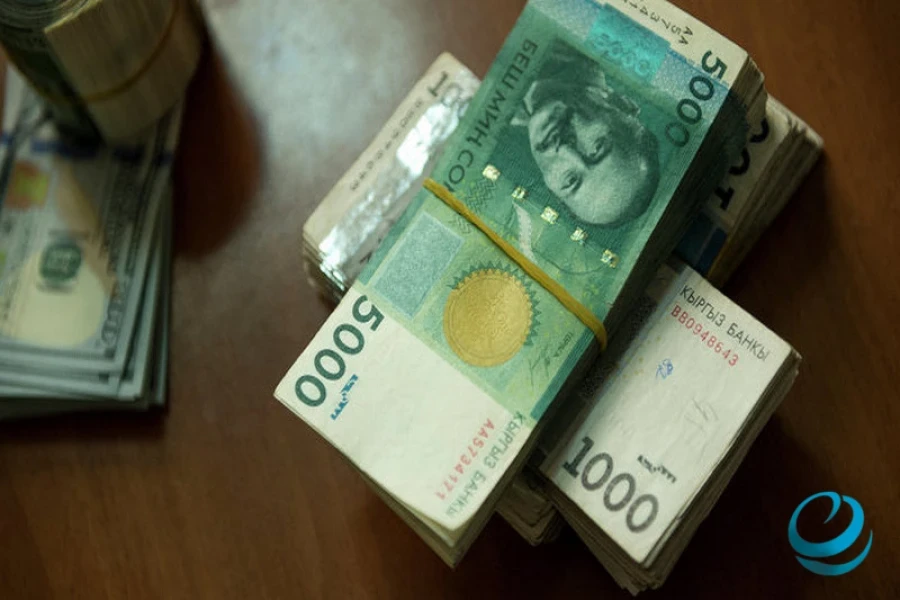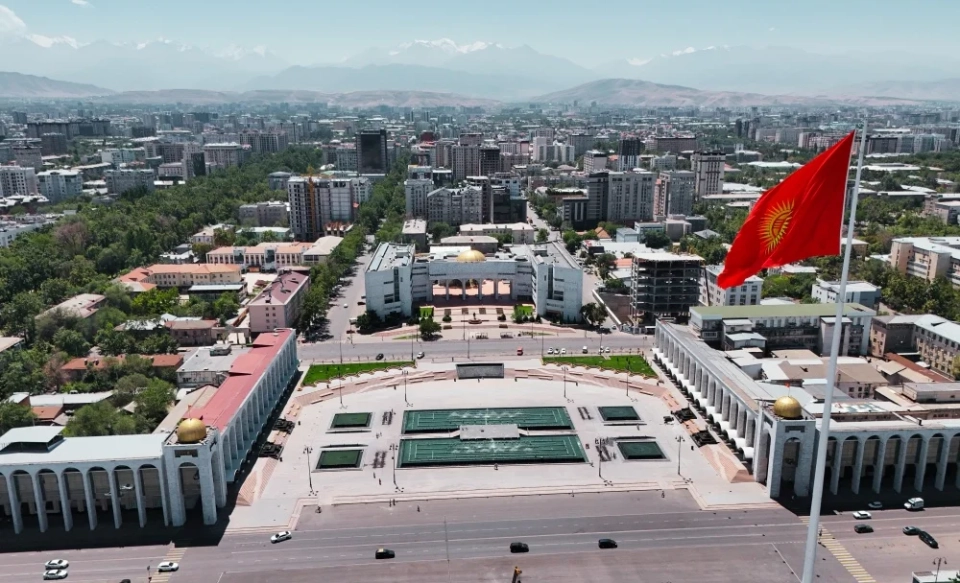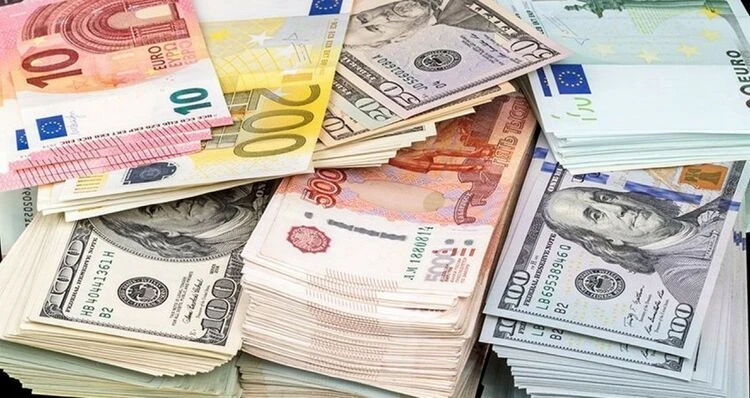In the National Bank, it was noted that the inflation rate in the country at the beginning of 2025 was 7.3 percent, while the annual rate was 8.9 percent.
Reference 24.kg
The interest rate is a crucial tool of the central bank's monetary policy, determining the cost of short-term loans for commercial banks. It plays a key role in shaping the overall cost of loans in the economy and the financing conditions for businesses and the population.
The current price dynamics in the republic are influenced by external economic conditions, which continue to significantly affect domestic prices. Global food prices continue to rise, while inflation in neighboring countries also remains high. This, in turn, affects the cost of goods imported into Kyrgyzstan, as emphasized in the National Bank's statement.
The regulator indicated that the highest price growth within the current inflation is observed in non-food goods. This is related to the increase in prices for imported fuel and lubricants, rising electricity tariffs, higher domestic consumption, and the secondary effects of these factors. At the same time, food prices show a more restrained growth dynamic.
Economic activity in Kyrgyzstan continues to remain at a high level. From January to October 2025, real GDP increased by 10 percent due to stable consumer demand and growth in investment activity. The main sectors contributing to this growth are services (+4.5 percent), construction (+2 percent), and industry (+1.6 percent).
The National Bank noted that significant domestic demand is supported by rising real wages, increased remittances, and active consumer lending. Investments in fixed capital also continue to grow, mainly due to domestic sources, which supports the construction sector.
Currently, monetary conditions are aimed at bringing the inflation rate back to the medium-term target range of 5-7 percent.
According to the National Bank, the interbank benchmark interest rate BIR is located near the lower boundary of the interest rate corridor, indicating a high liquidity surplus in the banking sector. The domestic foreign exchange market remains stable, with a balance between supply and demand for foreign currency. The increase in international reserves also contributes to resilience against external shocks in the context of uncertainty on the international stage.
The banking sector demonstrates stability and a high level of liquidity, which allows for supporting the economy's lending.
The National Bank
As of the end of the first nine months of the current year, the volume of the banks' loan portfolio increased by 35.2 percent, while the deposit base grew by 35.7 percent.
The increase in deposits in the national currency indicates a rise in the real incomes of the population and an improvement in citizens' saving habits against the backdrop of tightening monetary conditions. Overall, the banking sector shows a gradual decline in the level of dollarization of both deposits (down to 35 percent, which is 7.9 percent lower since the beginning of the year) and loans (down to 17.8 percent, which is 2.3 percent lower since the beginning of the year).
The National Bank also emphasizes that the volatility of energy resource prices in the region and the rise in global food prices, along with inflationary pressure in the main trading partner countries of Kyrgyzstan, continue to influence the prices of imported goods.
In conditions where domestic inflationary factors remain moderate and controllable, the interest rate was raised to 11 percent. This decision, according to the regulator, will contribute to the formation of price dynamics in the medium term within the target range of 5-7 percent.
The National Bank continues to approach monetary policy cautiously and assesses the impact of both external and internal factors on inflation. In case of risks to price stability, it does not rule out the possibility of adjusting its monetary policy.
- The next meeting of the Board of the National Bank of the Kyrgyz Republic regarding the interest rate is scheduled for January 26, 2026.


